
what they did
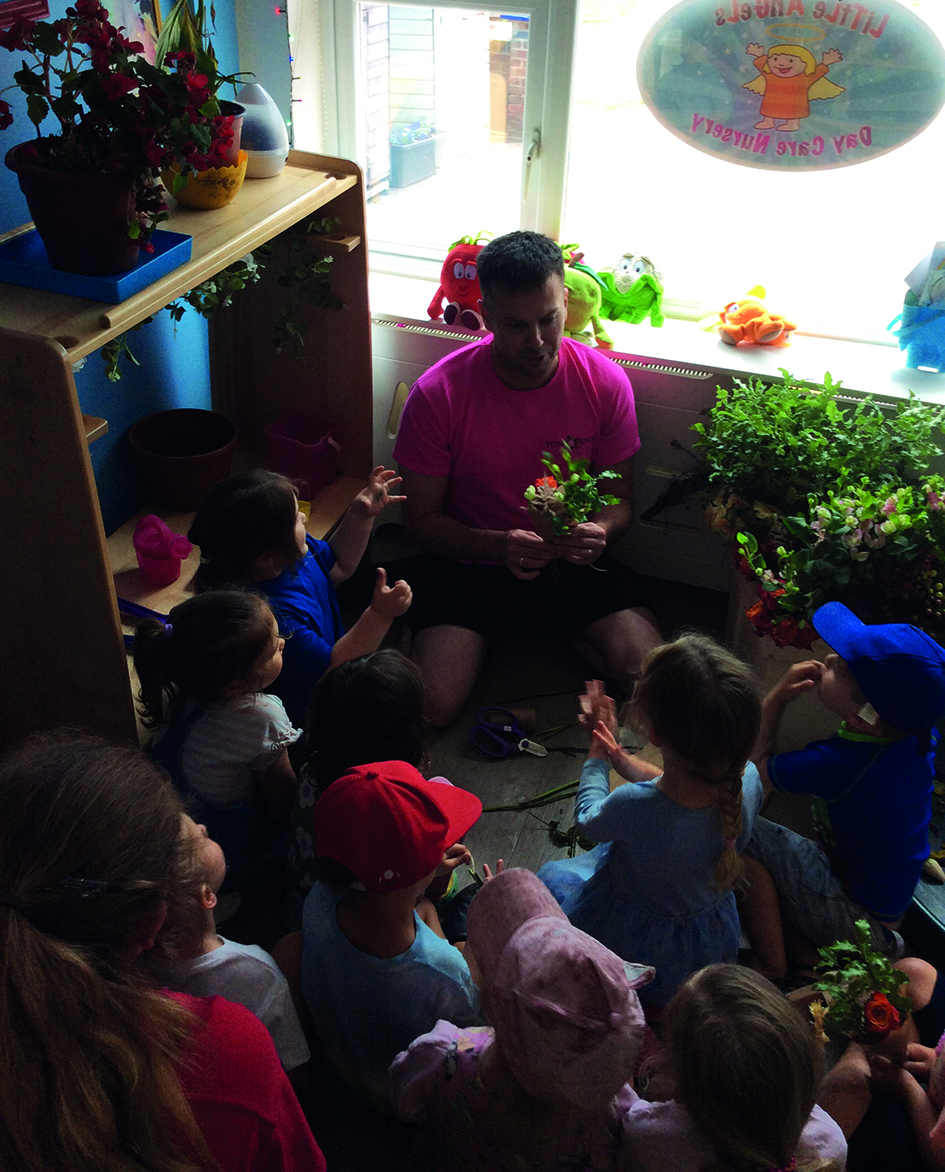 After the children started showing an interest in the poppies, staff encouraged them to smell the flowers and look closely at them. They helped them to identify different parts of the poppy. Observations of the flowers led to some children sitting outside and drawing them, taking care to include the details that they had examined.
After the children started showing an interest in the poppies, staff encouraged them to smell the flowers and look closely at them. They helped them to identify different parts of the poppy. Observations of the flowers led to some children sitting outside and drawing them, taking care to include the details that they had examined.
‘We talked about how we don’t pick flowers without first asking for permission and that the poppies are very delicate, so the children needed to be careful with them so that others can enjoy them too,’ says Sam.
Staff are always open to receiving donations of interesting resources for the children to use in their play. Coincidentally they got offered a free batch of artificial flowers, which staff used to decorate an area of the nursery in order to bring the flower explorations indoors too and encourage role play by setting up a florist shop.
Staff explained to the children that a florist sells plants and arrangements of flowers to customers. They set up the shop by carefully decorating trellisesand shelving with the flowers and added fresh real flowers in vases, donated from the local M&S, along with different plants in tubs.
‘Someone was giving away tissue paper on Freecycle that I thought would also come in useful,’ says Sam. ‘It was perfect for the children to wrap up bunches of flowers in. Through the role play, the children learned how to take care of the fresh flowers by changing the water in the pots and they watered the plants.’
Children wrote labels for the flowers and plants and priced them. They also had a cash register so that they could purchase them using fake money and credit cards. ‘We wanted to introduce credit cards because lots of people don’t use cash now,’ says Sam. ‘We recycle used plastic gift vouchers as pretend credit cards.’
The popularity of the florist role play, which continued for a couple of weeks, led to Sam contacting a local florist that she knows and asked him to visit the nursery. ‘We are very lucky to have local businesses, such as Tony Dunn Flowers, in our community who are willing to give their time to help educate the children and understand more about the community in which they live,’ she says. Children who do not normally attend on the visit day were invited to come in with their parents so they did not miss the experience.
Tony brought with him some bouquets for the children to look at and had a book with examples of his creative work that he has done for events so that children could see the big, impressive floral displays that he also designs. He explained how the flowers are used as impressive centrepieces for parties and weddings, including bouquets to be carried.
‘Some of the children were amazed at how you could have an arrangement containing so many flowers,’ says Sam. Tony shared some of the flowers’ long scientific names with the children – such as bellis perennis for daisy – which the children found funny. He also demonstrated how to make a posy of flowers and brought in fresh flowers for the children to get hands-on and experience making their own bunches of flowers. Children were shown how to use scissors to cut the stalks to the correct size and tie them together. They were proud to take their flower creations home with them.
the setting’s ethos
‘We aim to provide varied activities and opportunities for children’s learning, but we’re happy to go off at a tangent and follow children’s interests, which this exploration shows. It all came from the children noticing the poppies,’ says nursery manager Sam Goodman.
‘We find that children learn best when they are engaged in things that interest them and then we extend their learning wherever possible. We also believe that learning is all about the process, rather than the end result. We want the children to have the freedom to explore.’
what they gained
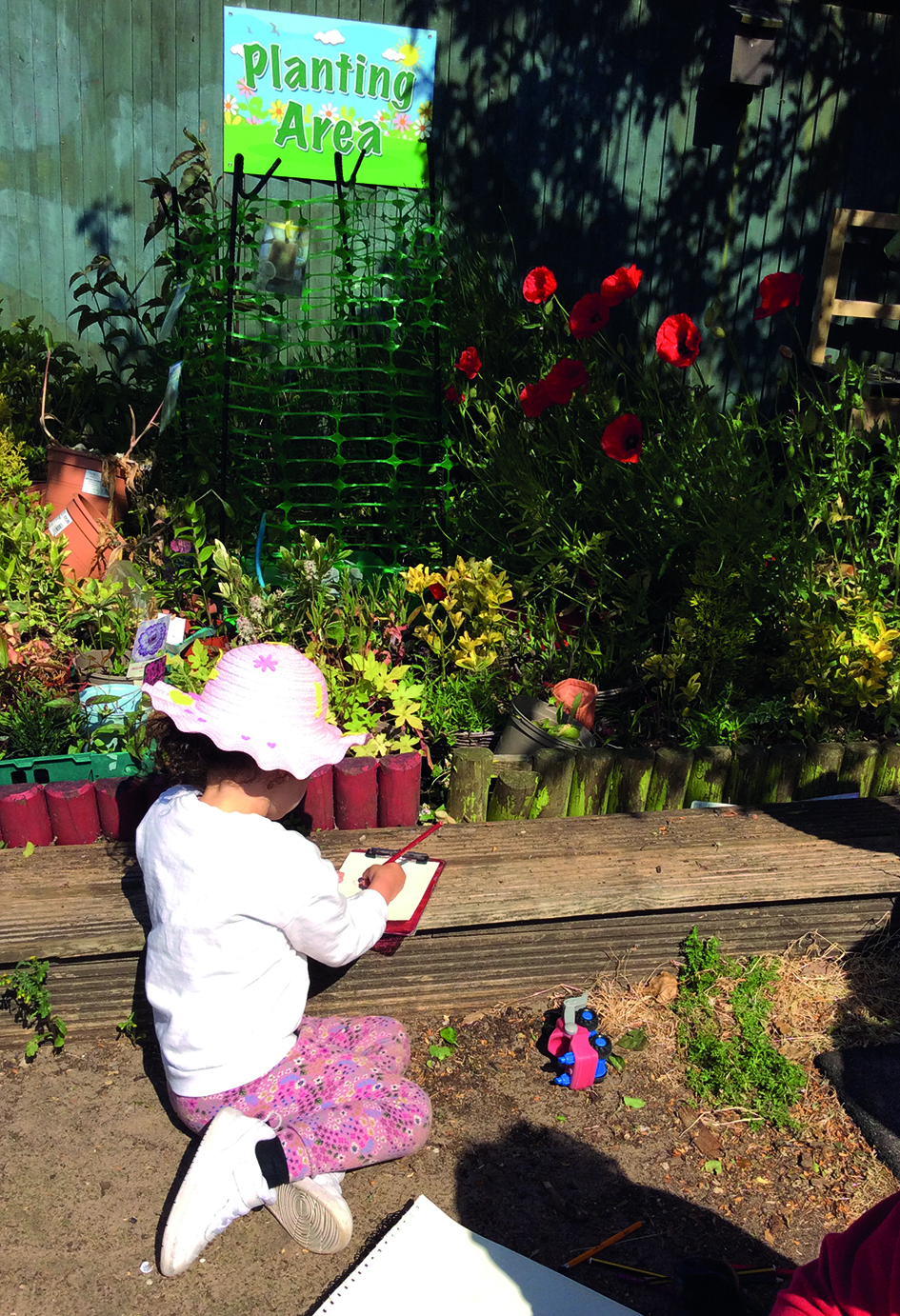 ‘The children responded really well to Tony and it was nice to invite a male into the nursery who shared a quiet and calm activity with them,’ says Sam. She adds how the experience, along with adding to the children’s cultural capital and building links with the community, also helped to challenge gender stereotypes by showing how men can also be creative and passionate about beautiful flowers.
‘The children responded really well to Tony and it was nice to invite a male into the nursery who shared a quiet and calm activity with them,’ says Sam. She adds how the experience, along with adding to the children’s cultural capital and building links with the community, also helped to challenge gender stereotypes by showing how men can also be creative and passionate about beautiful flowers.
Discussing flowers and lifecycles added to the children’s knowledge and understanding of the world, and the activities encouraged their creativity – from drawing flowers to arranging them, which supported the development of their fine motor skills.
Sam says the explorations led to the children using lots of maths concepts, with conversations around the cost of flowers and using money to buy them, along with talking about the length of the stalks and comparisons of bigger and smaller. ‘Their vocabulary was also extended as they conversed during the role play and learned new words linked to flowers,’ she adds.
‘I think, above all, the children enjoyed handling real flowers and having the freedom to explore them without there being a right or wrong way to do so.’
extension activities
- Taking care to handle the flowers carefully led to staff also talking about how children should handle worms and other minibeasts that they found in the planting area with care.
- Safety aspects were discussed when making the posies, with staff reminding children to be cautious of the thorns on some of the stalks and talking about the berries and how it is important not to eat them without an adult’s permission because they may be poisonous.
- Children continued to be interested in representing the flowers in the garden through their artwork and some painted pictures of sunflowers.
- Staff talked to the children about how all living things need water. They linked this to the importance of hydration for humans and how drinking lots of water helps to keep our bodies healthy.
- Each morning, children would pick out the flowers in vases that had died and put them in the compost. ‘A couple of children commented how their cat and granddad had died so we had sensitive conversations about lifecycles and how things do eventually die,’ says Sam.
Book corner
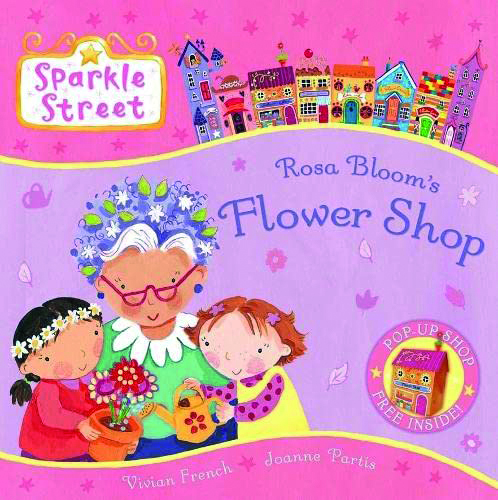 Sparkle Street: Rosa Bloom’s Flower Shop by Vivian French and Joanne Partis
Sparkle Street: Rosa Bloom’s Flower Shop by Vivian French and Joanne Partis
Rosa Bloom’s shop is full of flowers, but her order book is fuller still. There’s just not enough to go round!
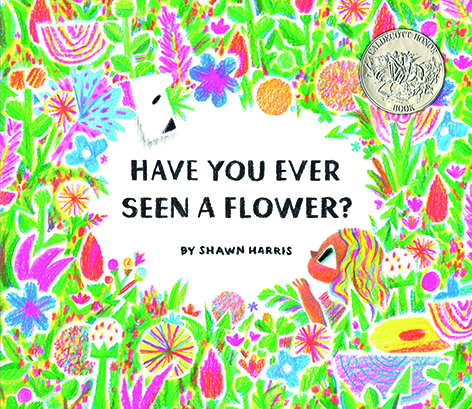 Have You Ever Seen A Flower? by Shawn Harris
Have You Ever Seen A Flower? by Shawn Harris
In this simple story which reminds us to appreciate the world’s beauty, a child experiences a flower with all five senses.
 Bloom by Anne Booth and Robyn Owen Wilson
Bloom by Anne Booth and Robyn Owen Wilson
There was once a beautiful flower and a little girl who loved it. She talked to it every morning on her way to school, but then the flower’s owner shouted at her and the flower refused to open.
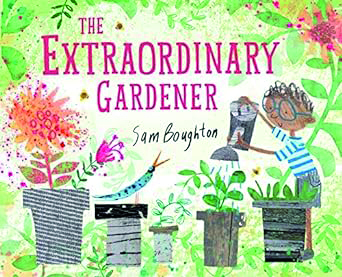 The Extraordinary Gardener by Sam Boughton
The Extraordinary Gardener by Sam Boughton
Joe’s world is rather grey. However, one day, he plants a seed on his balcony, with slow but fabulous results.
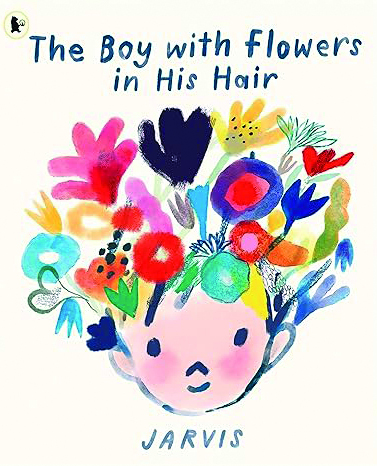 The Boy with Flowers in his Hair by Jarvis
The Boy with Flowers in his Hair by Jarvis
A poignant book for opening conversations about differences, visible and invisible illnesses and acceptance.
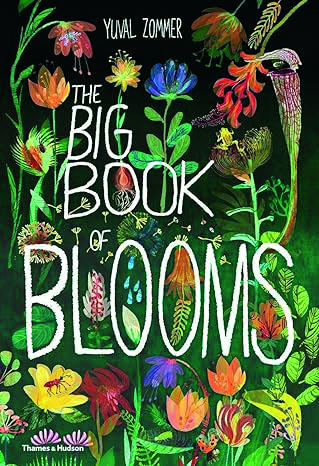 The Big Book of Blooms by Yuval Zommer
The Big Book of Blooms by Yuval Zommer
An introduction to all kinds of colourful, carnivorous, weird and wonderful flowering plants.
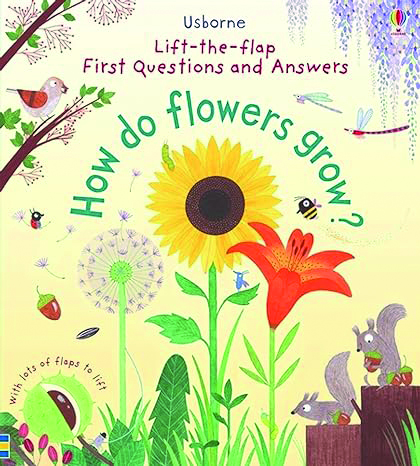 How Do Flowers Grow? by Katie Daynes and Christine Pym
How Do Flowers Grow? by Katie Daynes and Christine Pym
This interactive book introduces nature using a friendly lift-the-flap format.









